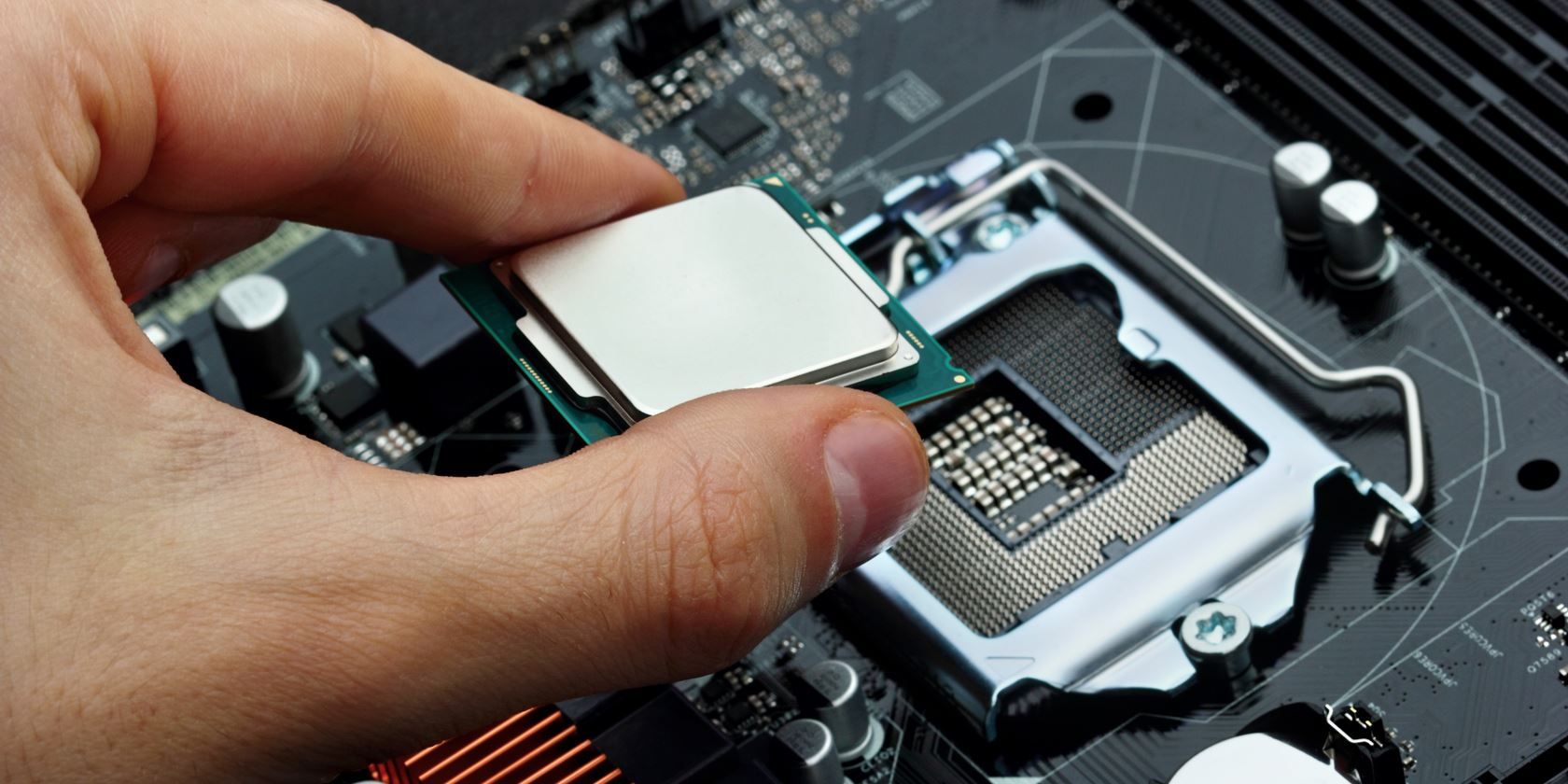
Hardware Engineering In the dynamic realm of technology, where innovation is the lifeblood, Hardware Engineering emerges as the beacon guiding us into the future. This intricate craft marries the precision of engineering with the creativity of design, birthing devices that shape our modern existence. The journey of hardware engineering traverses the corridors of innovation, materials science, and intricate problem-solving. It’s a symphony of circuits and components that harmoniously dance to the rhythm of human ingenuity.
The Artistry of Innovation
At its core, Hardware Engineering is the orchestration of components and systems that propel our digital lives. It’s the craftsmanship that turns abstract concepts into tangible realities. Think of it as a conductor leading an orchestra, where every note contributes to the grand melody.
From microprocessors that power our smartphones to the intricate sensors woven into wearable devices, hardware engineers craft the foundations of our digital landscape. They labor over the smallest details, optimizing power consumption, reducing heat dissipation, and ensuring seamless integration.
Materials Science: The Palette of Possibilities
Central to the canvas of Hardware Engineering is the art of materials selection. Engineers meticulously choose materials that balance performance, durability, and efficiency. Imagine an artist selecting the perfect hues to evoke emotions in a painting – similarly, hardware engineers choose materials to evoke functionality and longevity in their creations.
The selection isn’t limited to metals and plastics; it extends to semiconductors, nanomaterials, and even bio-compatible substances. For instance, in cutting-edge medical devices, biocompatible materials ensure the device integrates seamlessly with the human body, enabling breakthrough treatments and diagnostics.
Navigating Complexity with Elegance
In the realm of Hardware Engineering, complexity is a constant companion. Yet, engineers transform this complexity into elegance, akin to a composer weaving intricate melodies into a harmonious composition. One way this is achieved is through System on Chip (SoC) design.
A System on Chip integrates various components, such as processors, memory, and interfaces, onto a single chip. This consolidation not only reduces space and power consumption but also enhances performance. It’s a feat of engineering that involves optimizing each component’s placement, managing signal interference, and ensuring thermal dissipation. The result? A symphony of functionality in a compact package.
From Idea to Reality: The Design Cycle
The journey of Hardware Engineering is a cycle of creativity, iteration, and refinement. It begins with a concept, a spark of innovation that ignites the design process. This concept is the foundation upon which engineers build intricate schematics and layouts.
Hardware Description Languages (HDLs) play a pivotal role in this process. These specialized languages, such as VHDL and Verilog, serve as blueprints for the intricate dance of electrons within the circuits. Engineers write code that describes the behavior of components, allowing for simulation, testing, and optimization before physical fabrication.
Mastering the Dance of Electrons
At the heart of Hardware Engineering lies the enchanting dance of electrons through circuits. Engineers navigate this dance with precision, considering factors like timing, power consumption, and signal integrity. It’s like choreographing a grand ballet, where every move matters.
One of the challenges engineers tackle is clock distribution. In high-performance systems, synchronizing signals is crucial. A delay of mere nanoseconds can disrupt functionality. Engineers employ techniques like clock skew adjustment and buffer insertion to ensure that signals reach their destinations in perfect harmony.
The Nexus of Creativity and Logic
Hardware Engineering bridges the realms of creativity and logic. It’s the fusion of imaginative design with mathematical precision. Consider the concept of Application-Specific Integrated Circuits (ASICs) – these are custom-designed chips crafted for specific tasks.
Engineers sculpt ASICs to perform tasks with utmost efficiency, whether it’s image processing, encryption, or complex simulations. The design process involves creating circuits optimized for the desired function, resulting in unparalleled performance.
Beyond the Blueprint: Testing and Validation
The journey of Hardware Engineering extends beyond the design phase. Rigorous testing and validation ensure that creations meet expectations. This phase mirrors the meticulous examination of a masterpiece’s brushstrokes for authenticity.
FPGA (Field-Programmable Gate Array) prototyping is a cornerstone of validation. Engineers deploy FPGAs to emulate the behavior of final hardware, identifying potential issues before mass production. This step saves time, resources, and safeguards against costly errors.
Engineering the Future: Evolution and Impact
As technology evolves, so does Hardware Engineering. It’s a domain that embraces change, constantly pushing boundaries. For instance, the rise of quantum computing introduces entirely new paradigms.
Quantum engineers manipulate quantum bits (qubits) to process information in ways classical bits cannot. This breakthrough technology has the potential to revolutionize fields from cryptography to drug discovery.
Conclusion
Hardware Engineering is the conduit through which imagination takes tangible form. It’s a discipline that marries creativity, precision, and innovation. From the selection of materials to the dance of electrons, each element is a brushstroke on the canvas of modernity.
In a world driven by technology, Hardware Engineering pioneers the creation of devices that define our present and shape our future. It’s a realm where engineers wield the tools of science to unleash technological marvels that enrich our lives and drive human progress forward.


